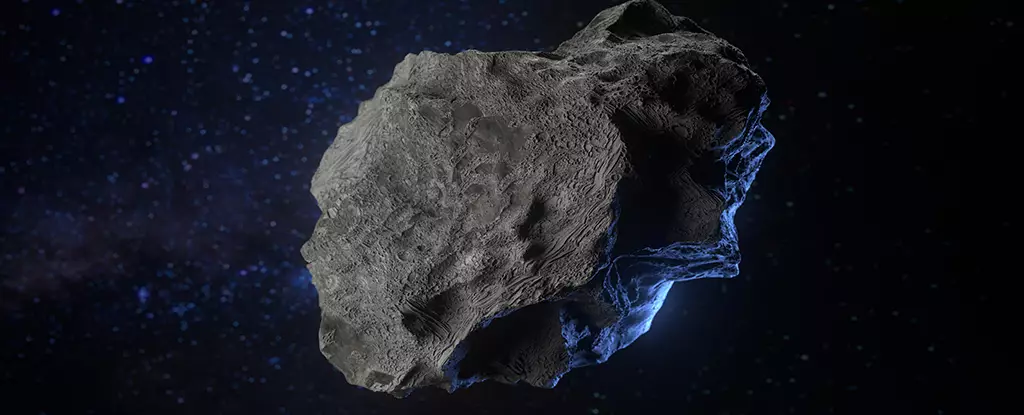NASA’s Jet Propulsion Laboratory has recently detected a massive asteroid known as a “city killer” hurtling towards Earth. This asteroid, approximately 890 feet in diameter and moving at a staggering speed of 41,000 mph, is projected to reach its closest point to our planet, about 1.77 million miles away. While this may seem like a substantial distance, it is still significant when compared to the Moon’s proximity to Earth, which is approximately 239,000 miles. The term “city killer” is often used to describe asteroids of this size due to their potential to demolish entire cities upon collision with inhabited areas on Earth.
Despite its enormity, this city killer asteroid will be virtually invisible to the naked eye due to its distance and size. Gianluca Masi, an astrophysicist and the scientific director of the Virtual Telescope Project, explains that the asteroid will be around 10,000 times fainter than the faintest stars visible without visual aids. However, there is still an opportunity for enthusiasts to catch a glimpse of this celestial event.
Gianluca Masi and his team at the Virtual Telescope Project will be conducting a live stream of the asteroid’s flyby for all those eager to witness this cosmic occurrence. The live stream will be available on YouTube and will showcase the asteroid as a tiny dot in motion against the backdrop of stationary stars. This captivating live stream is anticipated to last for approximately 45 minutes, providing a unique window into the wonders of the universe.
Asteroid 2008 OS7, as NASA has designated it, has an oblong-shaped orbit around the Sun, completing a full revolution every 962 days. Once it passes by Earth, it will continue along its elliptical path within our Solar System. This peculiar trajectory means that the distance between the asteroid and our planet varies significantly with each approach. According to Space Reference, during its next close encounter in July 2037, Asteroid 2008 OS7 will be around 9.7 million miles away from Earth.
As a result of its size and proximity to Earth, Asteroid 2008 OS7 falls under NASA’s classification of “potentially hazardous” asteroids. To be considered potentially hazardous, an asteroid must measure at least 460 feet in diameter and orbit within a distance of approximately 4.65 million miles from Earth. Currently, there are over 34,000 near-Earth objects that have been identified, with just over 2,300 classified as potentially hazardous. Nevertheless, NASA believes there are numerous undiscovered threats lurking in space.
To enhance our preparedness and protect against potential asteroid impacts, NASA’s Jet Propulsion Laboratory is diligently working on the Near-Earth Object Surveyor (NEOS) mission. Slated for launch in September 2027, this mission involves deploying an infrared space telescope into Earth’s orbit. The NEOS mission aims to expand NASA’s ability to detect and track near-Earth objects that could pose a threat to our planet. By identifying and monitoring these potential hazards, NASA hopes to provide timely warnings, allowing for intervention and deflection measures to be taken against any potentially devastating asteroid collisions.
As the “city killer” asteroid approaches Earth, it serves as a reminder of the ever-present cosmic threats that our planet faces. While this particular asteroid may be too faint and distant to observe without a telescope, the live stream provided by the Virtual Telescope Project grants us a unique opportunity to witness this extraordinary event. NASA’s ongoing efforts, such as the NEOS mission, demonstrate our dedication to monitoring and safeguarding against potentially hazardous asteroids. By staying vigilant and investing in advanced detection technologies, we can better protect our planet from the dangers of space.


Leave a Reply